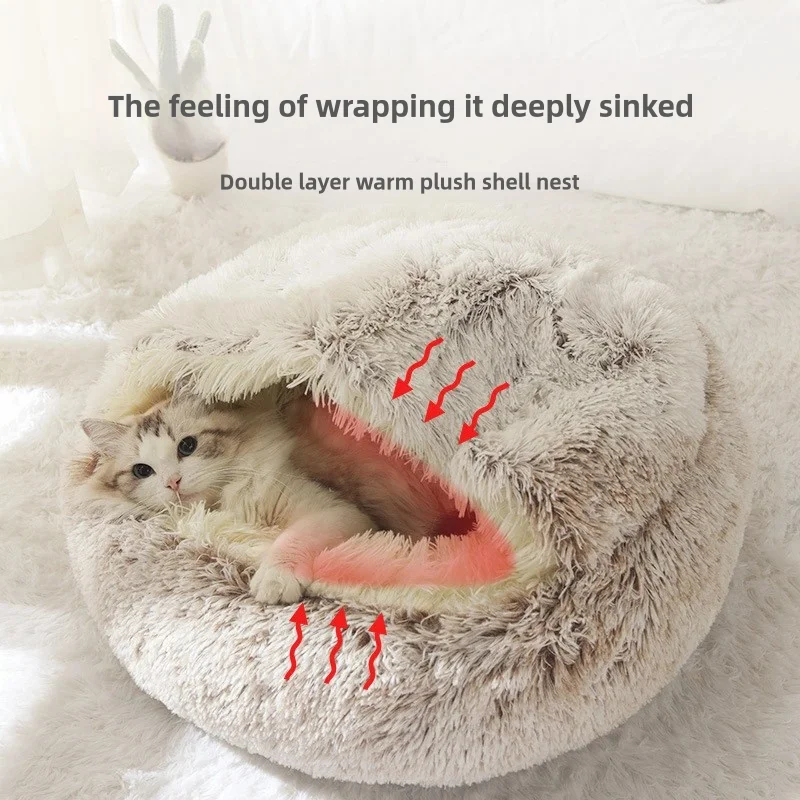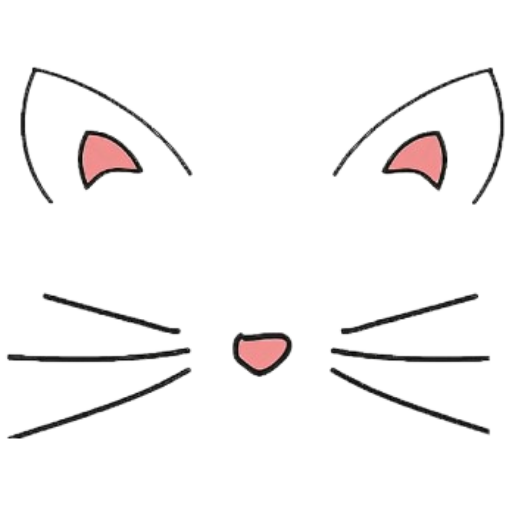The Secret Language of Cats: Understanding Feline Communication
- No Comments
Cats have long been enigmatic companions, captivating the hearts of humans with their independent nature and mysterious behaviors. While dogs are often praised for their expressive communication, cats possess a unique language that is just as rich and complex, yet often misunderstood. In recent years, researchers and feline enthusiasts have turned their attention to decoding this secret language, aiming to bridge the communication gap between humans and their feline friends.
Understanding a cat’s communication begins with recognizing the nuanced signals they use. Unlike dogs, cats rely heavily on a combination of vocalizations, body language, and subtle cues to convey their emotions and needs. One of the most familiar sounds is the meow, a vocalization that is almost exclusively used in interactions with humans. Unlike the purring that cats also direct towards each other, the meow has evolved as a specific form of communication between cats and their human companions. Intriguingly, cats can adjust the pitch, frequency, and intensity of their meows to express different messages, ranging from a simple greeting to a demand for attention or food.
Beyond vocal cues, body language plays a crucial role in feline communication. A cat’s tail is particularly expressive; a high, upright tail often indicates a friendly and confident mood, while a bushy, puffed-up tail signals fear or aggression. The position of a cat’s ears can also provide insight into their emotional state. Forward-facing ears suggest curiosity and contentment, while flattened ears indicate irritation or anxiety. Additionally, a cat’s eyes can speak volumes. Slow blinking is often interpreted as a sign of trust and affection, a behavior that cat owners can reciprocate to strengthen their bond with their pet.
Scent marking is another vital component of a cat’s communication arsenal. Cats possess scent glands on various parts of their body, including their cheeks, paws, and the base of their tail. By rubbing these areas against furniture, walls, or even their human companions, cats are marking their territory and establishing a sense of familiarity and security. This behavior is not only a way of communicating with other animals but also serves to reassure the cat itself, reinforcing its sense of belonging in its environment.
Recent advancements in technology have also opened new avenues for understanding and interpreting feline communication. Scientists have developed tools such as collar-mounted cameras and GPS trackers to study the behavior of outdoor cats, providing insights into their social interactions and territorial dynamics. Furthermore, researchers are exploring the use of artificial intelligence to analyze cat vocalizations, aiming to translate these sounds into a language that humans can comprehend.
Despite these advancements, much of feline communication remains shrouded in mystery, leaving cat owners to rely on their intuition and experience to interpret their pets’ behaviors. As our understanding of cat communication continues to evolve, so too does the potential for deepening the bond between humans and their feline companions. By paying close attention to the subtle cues that cats use to express themselves, we can foster a more harmonious and fulfilling relationship with these fascinating creatures. As we continue to unravel the intricacies of the secret language of cats, one thing is certain: the conversation has only just begun.

Cats have long been enigmatic companions, captivating the hearts of humans with their independent nature and mysterious behaviors. While dogs are often praised for their expressive communication, cats possess a unique language that is just as rich and complex, yet often misunderstood. In recent years, researchers and feline enthusiasts have turned their attention to decoding this secret language, aiming to bridge the communication gap between humans and their feline friends.
Understanding a cat’s communication begins with recognizing the nuanced signals they use. Unlike dogs, cats rely heavily on a combination of vocalizations, body language, and subtle cues to convey their emotions and needs. One of the most familiar sounds is the meow, a vocalization that is almost exclusively used in interactions with humans. Unlike the purring that cats also direct towards each other, the meow has evolved as a specific form of communication between cats and their human companions. Intriguingly, cats can adjust the pitch, frequency, and intensity of their meows to express different messages, ranging from a simple greeting to a demand for attention or food.
Beyond vocal cues, body language plays a crucial role in feline communication. A cat’s tail is particularly expressive; a high, upright tail often indicates a friendly and confident mood, while a bushy, puffed-up tail signals fear or aggression. The position of a cat’s ears can also provide insight into their emotional state. Forward-facing ears suggest curiosity and contentment, while flattened ears indicate irritation or anxiety. Additionally, a cat’s eyes can speak volumes. Slow blinking is often interpreted as a sign of trust and affection, a behavior that cat owners can reciprocate to strengthen their bond with their pet.
Scent marking is another vital component of a cat’s communication arsenal. Cats possess scent glands on various parts of their body, including their cheeks, paws, and the base of their tail. By rubbing these areas against furniture, walls, or even their human companions, cats are marking their territory and establishing a sense of familiarity and security. This behavior is not only a way of communicating with other animals but also serves to reassure the cat itself, reinforcing its sense of belonging in its environment.
Recent advancements in technology have also opened new avenues for understanding and interpreting feline communication. Scientists have developed tools such as collar-mounted cameras and GPS trackers to study the behavior of outdoor cats, providing insights into their social interactions and territorial dynamics. Furthermore, researchers are exploring the use of artificial intelligence to analyze cat vocalizations, aiming to translate these sounds into a language that humans can comprehend.
Despite these advancements, much of feline communication remains shrouded in mystery, leaving cat owners to rely on their intuition and experience to interpret their pets’ behaviors. As our understanding of cat communication continues to evolve, so too does the potential for deepening the bond between humans and their feline companions. By paying close attention to the subtle cues that cats use to express themselves, we can foster a more harmonious and fulfilling relationship with these fascinating creatures. As we continue to unravel the intricacies of the secret language of cats, one thing is certain: the conversation has only just begun.


